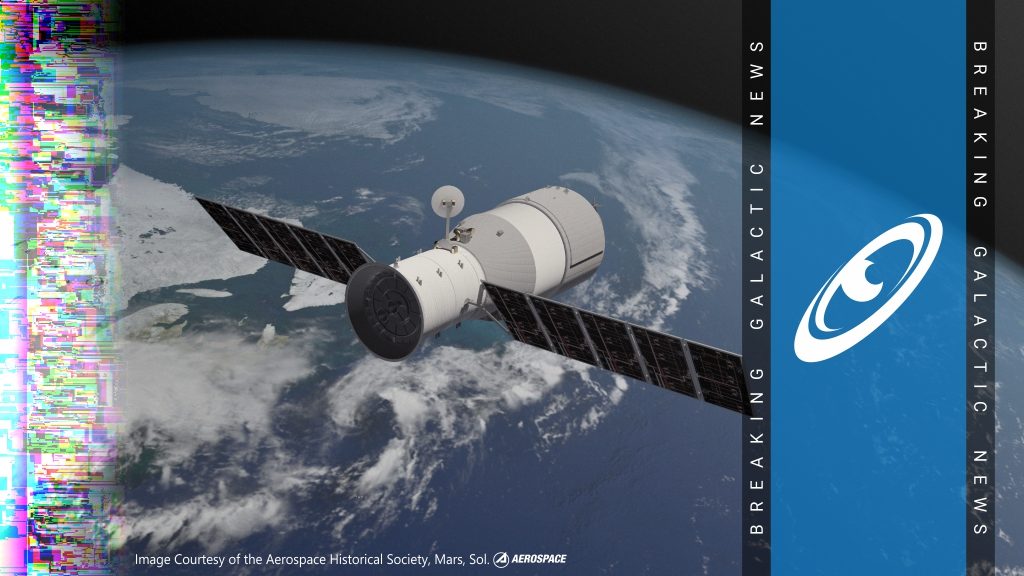Today in history, 1286 years ago, a space station crashed into planet Earth.
While in modern times this would be a horrific catastrophe, back then humanity had just made it’s first steps into space and Tiangong I – the Earth country of China’s first prototype space station – was one of those earliest attempts to create an outpost in orbit.
The purpose and type of such outposts at the time differed vastly from what we consider a spaceport today; instead of a gateway for interstellar space travel, Tiangong I was a small research outpost intended to serve as a manned space station for only two years. For reasons lost to history, the government of the nation which had built and operated it decided to keep the abandoned station in orbit for several years longer than originally planned. That was until contact was unexpectedly lost.
Re-boosts – short activations of a station’s engines – were necessary to keep stations in close orbit to a planet, just as today. However, the loss of communications meant there was no way of making these necessary adjustments remotely from the ground-control station. The station started loosing height and would eventually make an uncontrolled reentry.
It would crash into the Earth.
Although this sounds very dramatic, the event in itself was remarkably harmless. Tiangong I was tiny in comparison with even our smallest outposts today, having only a length of eleven meters and a weight of eight and a half tons. Most of Tiangong I burned up in the atmosphere before it reached the surface and so the incident led to no loss of life.
The Tiangong station might be considered by some as an insignificant event over 1200 years ago, however it shows the progression humanity has made, the baby-steps we took to get here today, and realising where we started helps to understand our world today a little bit better.
Reported by Ulon [Aid] Image courtesy of the Aerospace Historical society, Mars, Sol


